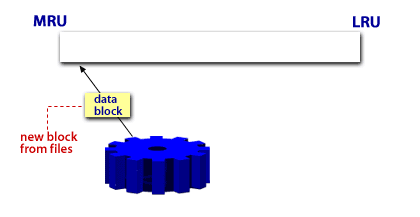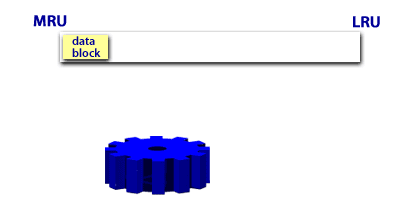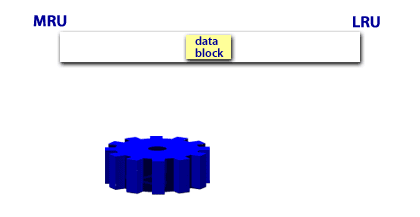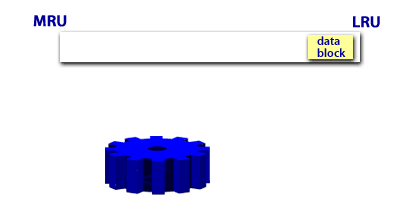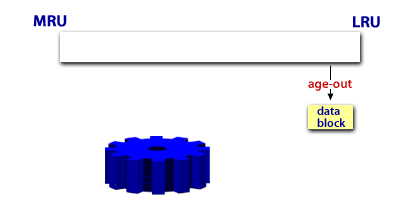Non Full Table Scan Data Block
Question: How is a "non-full table scan" of data blocks used to tune the Oracle data buffer cache?
A non-full table scan is a critical component when it comes to tuning the Oracle data buffer cache. Understanding the interplay between the two requires an understanding of the cache architecture and the concept of non-full table scans. Oracle's data buffer cache is an integral part of its System Global Area (SGA), used for caching blocks of data retrieved from the database. The goal of tuning the data buffer cache is to maximize the cache hit ratio, which means that as many data requests as possible are served from the cache without requiring a disk read. This helps to significantly reduce I/O operations, speeding up data access.
A non-full table scan, unlike a full table scan, retrieves data from a subset of blocks in a table rather than scanning the entire table. This is typically achieved by using an index to locate the necessary data, reducing the amount of data that must be read from the disk.
Now, let's delve into how non-full table scans can be utilized to tune the Oracle data buffer cache.
By implementing effective non-full table scans, you can significantly optimize the performance of the Oracle data buffer cache, leading to faster data access and improved overall database performance.
A non-full table scan is a critical component when it comes to tuning the Oracle data buffer cache. Understanding the interplay between the two requires an understanding of the cache architecture and the concept of non-full table scans. Oracle's data buffer cache is an integral part of its System Global Area (SGA), used for caching blocks of data retrieved from the database. The goal of tuning the data buffer cache is to maximize the cache hit ratio, which means that as many data requests as possible are served from the cache without requiring a disk read. This helps to significantly reduce I/O operations, speeding up data access.
A non-full table scan, unlike a full table scan, retrieves data from a subset of blocks in a table rather than scanning the entire table. This is typically achieved by using an index to locate the necessary data, reducing the amount of data that must be read from the disk.
Now, let's delve into how non-full table scans can be utilized to tune the Oracle data buffer cache.
- Minimizing I/O operations: Since non-full table scans only fetch the necessary blocks, the I/O operations are minimized. The lesser the I/O, the lesser the data that needs to be cached, thus increasing the efficiency of the buffer cache.
- Maximizing Cache Hit Ratio: As non-full table scans only retrieve a subset of the data, a larger percentage of this data can be kept in the buffer cache. This increases the likelihood that a subsequent request for the same data can be served from the cache, improving the cache hit ratio.
- Effective Data Aging: Oracle employs a least recently used (LRU) algorithm for cache management, where infrequently accessed data blocks are aged out of the cache. Non-full table scans help ensure that only the relevant data blocks are kept in the cache, making the aging process more efficient and preserving cache space for frequently accessed data.
- Appropriate Indexing: A prerequisite for non-full table scans is the presence of effective indexes. Proper index design and maintenance can lead to efficient non-full table scans, reducing the load on the buffer cache and improving its performance.
- Balancing Cache Usage: It is essential to understand the distribution of full versus non-full table scans in your workload. Too many full table scans can lead to cache thrashing, where valuable data is continually swapped out of the cache. By promoting non-full table scans where possible, you can balance cache usage and increase its efficiency.
- Data Partitioning: Partitioning data logically can make non-full table scans even more efficient, further reducing the I/O operations and subsequently the pressure on the buffer cache.
By implementing effective non-full table scans, you can significantly optimize the performance of the Oracle data buffer cache, leading to faster data access and improved overall database performance.
